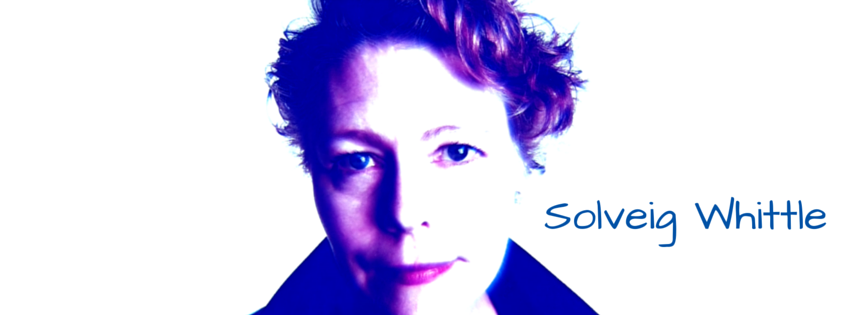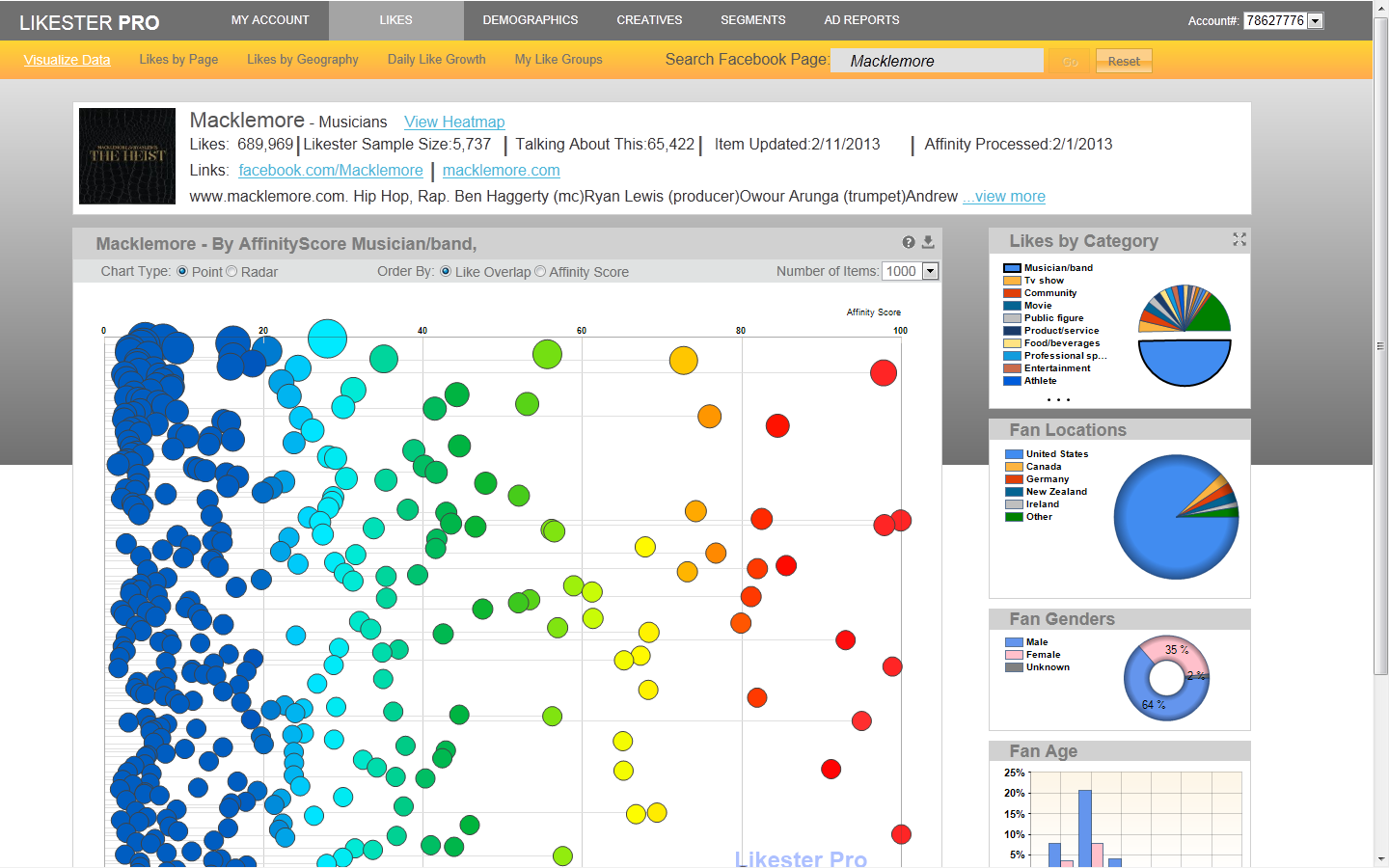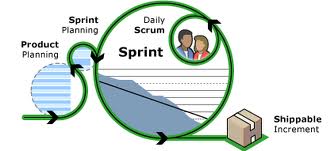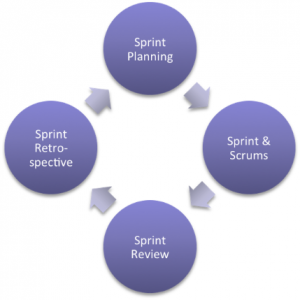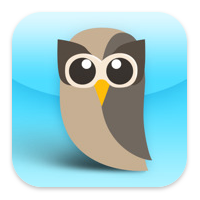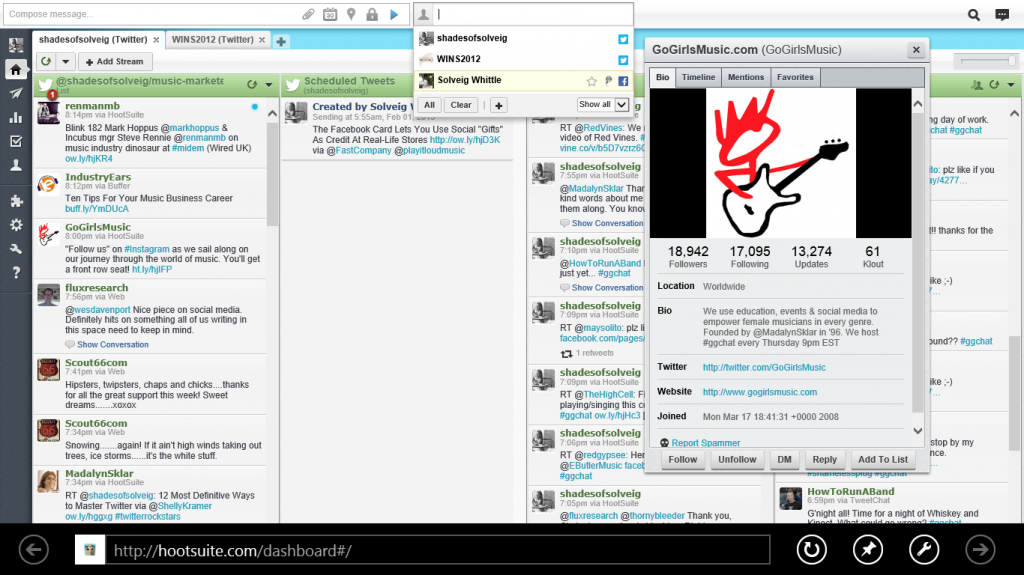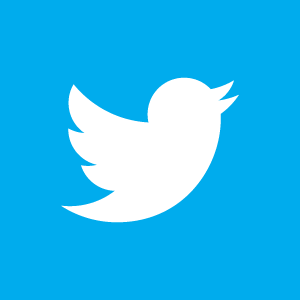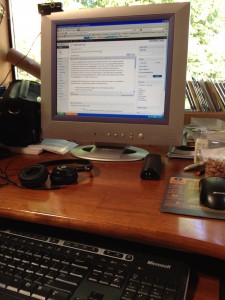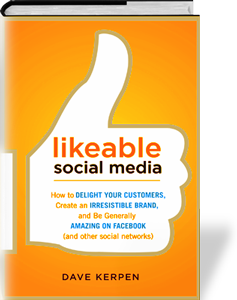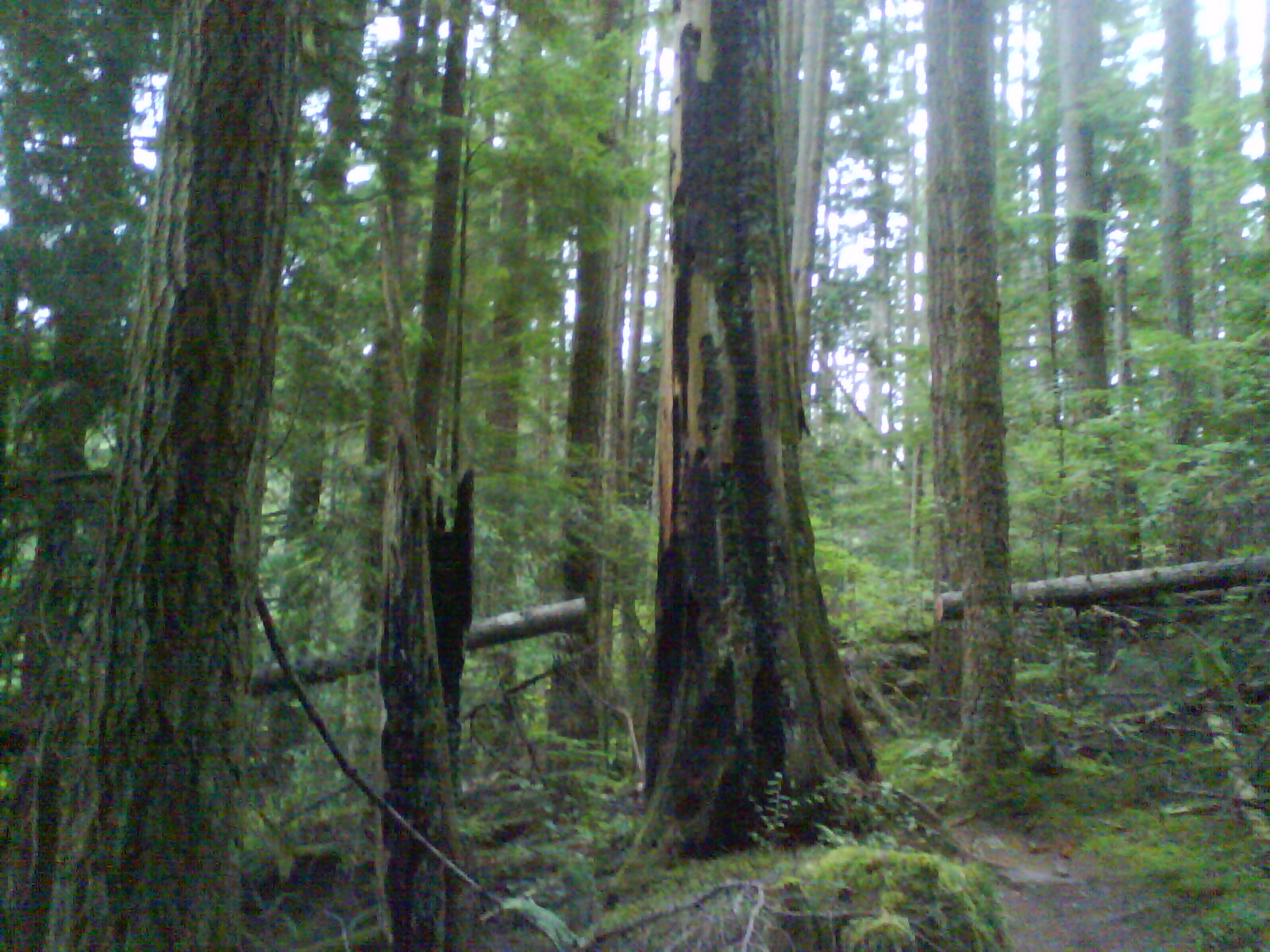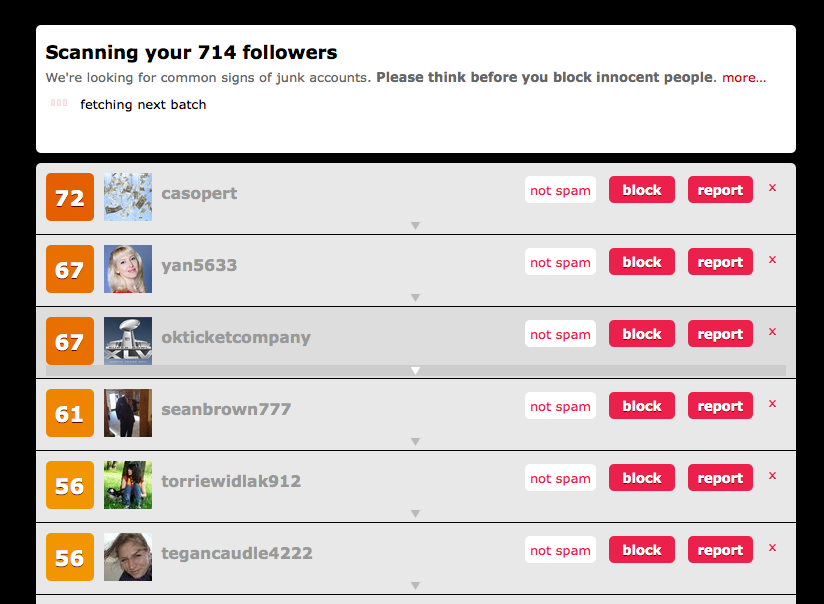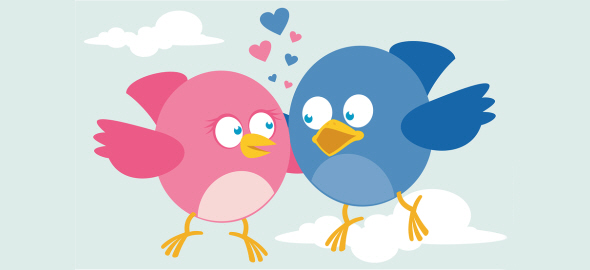[An interview with Kevin McCarthy, CEO of the Seattle-based Facebook analytics company, Likester]
S: Kevin, thanks for talking with me today. In addition to the fact that you’re my stepson (full disclosure), you’re a succesful serial entrepreneur. You’ve started a new company called Likester (definitely not to be confused with Friendster). You and I were talking about Likester, and I had a few questions about how it might be useful for musicians or labels. I understand a little about Likester – it’s basically a giant database of Facebook “Like” data and some software that helps you visualize correlations between Facebook brand “Likes”, is that correct? And the idea is that this information can be used by marketers, presumably to better target their Facebook advertising to those Facebook users who are more likely to “Like”, and thus buy, their products? Tell me more about Likester – what is the basic idea behind the tool?
K: That is correct. Likester has tracked and organized over a billion Facebook “Likes” from millions of people. The basic idea behind Likester Pro is that you can learn a lot about your customers, the customers of your competition, or the fans of any Facebook Page out there.
